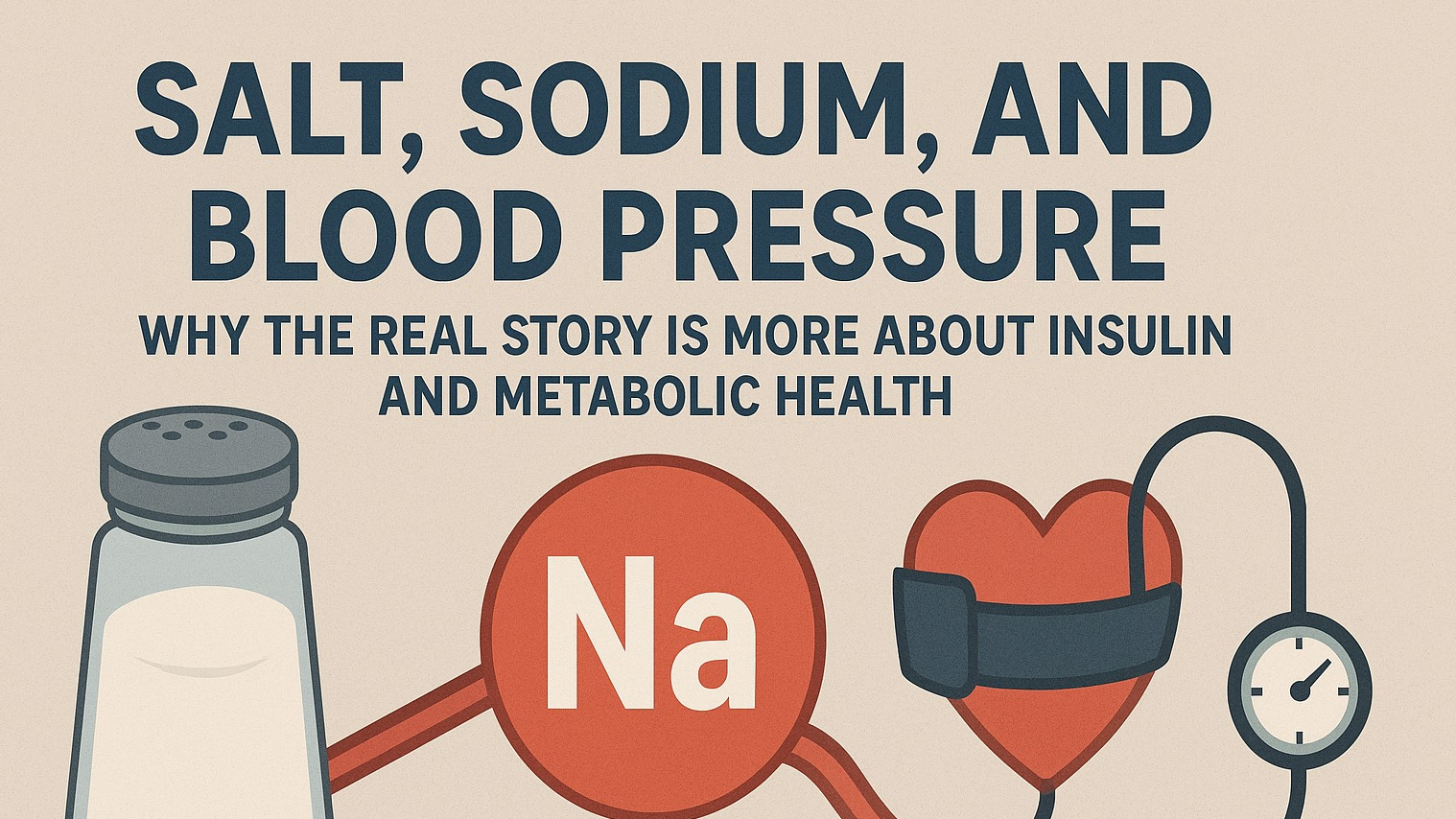
Working out at home is a challenge. There's plenty to distract you from your health goals, and you may not have enough equipment to get a full range of exercises in. That's when you decide it's time to consider joining a gym. Is a gym membership worth it? We think so, but you'll want to compare gym membership price versus value to see if it's right for you.
This guide will go over everything you need to know about the value of a gym membership. Learn how to make your gym membership pay off and all the benefits you'll get from working out at a fitness center that make a membership a valuable investment.
What a Gym Provides
Many people don't have adequate space in their homes for exercising. Even if you have enough room and plenty of exercise equipment, you don't have the full range of options you'd find at the gym. The best gym memberships open up a world of possibilities for your health journey. You can use equipment you've never had access to before and dedicate more time to exercising. With a dedicated space to visit for working out, you'll feel motivated to get a proper workout and get your heart pumping.
But joining a gym gets you more than access to free weights and treadmills. With a gym membership, you can feel your body and mind transform with every visit. We can split these benefits of visiting a gym into tangible and intangible categories.
Working out at a trainer led gym is best if you are not trained in physical fitness as trained instructors lead you through exercises and ensure you use proper technique and form. This style of gym helps with motivation as well. Often times people avoid the gym because they don’t want to think about what exercises to perform. In trainer led gyms they also often help with accountability.
Tangible Benefits of Exercising
When we think about the value of a gym membership, we often focus on the tangible benefits. These are the results we can see and feel after working out. You may lose weight, gain muscle, or feel more energized and healthy after establishing a consistent workout schedule. For many gym-goers, those benefits are the sole reason they work out. But if you want to know how to make your gym membership pay off, you should create various health goals for your fitness center visits.
Tangible benefits of exercise vary with who you are and what you do at the gym. But there are many physical and visible ways to improve your body with fitness center visits. To maximize your gym membership, you should try to create these tangible benefits from your workouts:
Strength
Strengthen your core, arms, and legs as you exercise for comprehensive workout results. Even light strength training can help develop your muscles, which is especially vital if you otherwise don't use them very often. Experiment with strength training equipment that works different muscles and engages various body parts to make the most of your workout and gym membership.
Flexibility
With the space a gym provides, you can engage in beneficial stretching before and after your workout. Stretching is essential to keep your body flexible and avoid hurting yourself. Alongside proper workout form, stretches could reduce soreness or injury. You'll also improve your body's function as you increase your range of motion with stretching.
Balance
Muscle weakness can lead to stumbling or falls, especially as you get older. Exercise can improve your coordination and balance, saving you from falls in the future. As you continue to visit the gym, you may find your balance improves with continuous coordination-improving workouts.
Cardio
Fitness centers are home to plenty of cardio workout equipment. Whether you jog on the treadmill, row on the rowing machine, or step up to the elliptical, you'll get your heart pumping and your blood flowing. Cardio is essential for heart health, and it helps you burn calories, as well. Try to balance strength training with cardio workouts for a total-body fitness center visit.
Intangible Benefits of Exercising
A lot of gym-goers focus on the visible, physical results of their workouts. But the intangible benefits also contribute to why gym memberships are worth the cost. These are benefits you may not see directly, or they're long-term advantages that may not be obvious right away. Visit the gym regularly, and you could get these intangible benefits of exercising.
Live longer: This intangible benefit of exercising comes courtesy of the tangible benefits. When you're active, you improve your health. That can translate to a longer, healthier lifespan. If you don't regularly exercise now, getting at least 150 minutes of activity a week can increase your life expectancy by seven years.
Gain a sense of accomplishment: When you start going to a fitness center and stick with it, you deserve to feel a sense of pride in your hard work. Regular exercise at the gym gives you a sense of progress and accomplishment as you feel your strength and endurance improving with every visit. That could encourage you to take on new challenges or goals outside the fitness center, as well.
Meet new people: Going to a gym can become a social activity. You meet like-minded people who are also trying to pursue health goals. They can become new friends who encourage you to continue your visits to the fitness center and keep evolving on your exercising journey. If you find the right gym your fellow gym peeps will often feel like your ‘fit fam’
Try new things: Unique fitness center equipment and exercise spaces give you access to activities you can't do at home. New experiences will fill you with confidence and inspire you to continue trying unique exercises and activities. You may also discover your favorite way to work out that makes going to the gym even more enticing.
Of course, regular exercise is also a significant benefit for your physical and mental health. These workout benefits are mostly intangible, but they're as valuable as other advantages of going to the gym.
 Add Row
Add Row  Add
Add 










Write A Comment